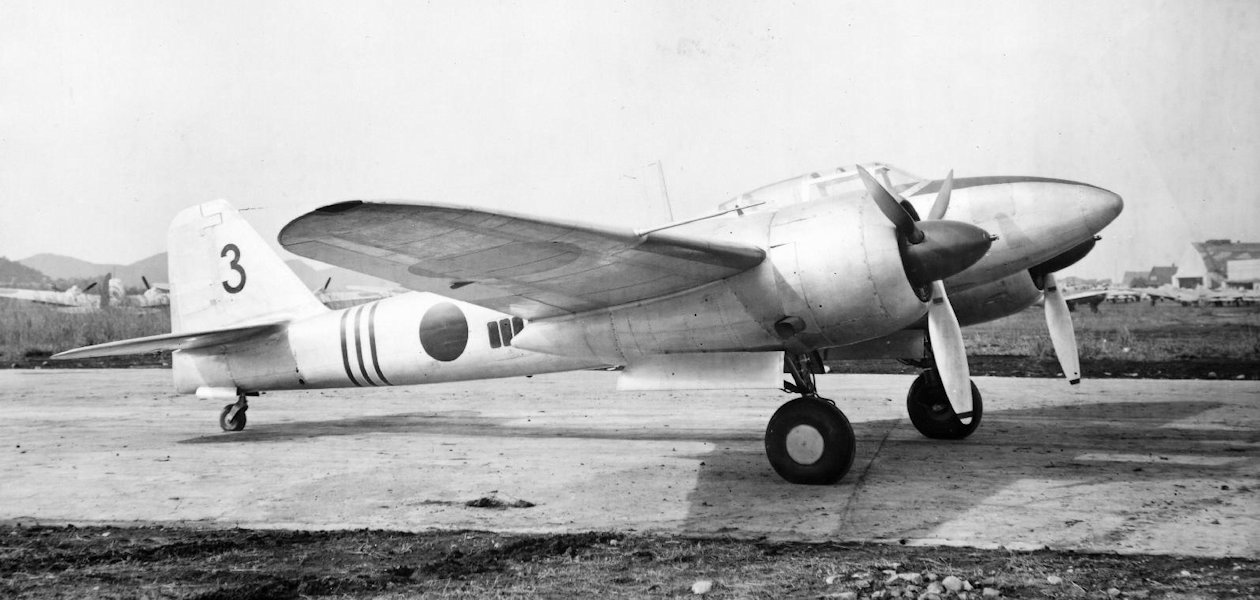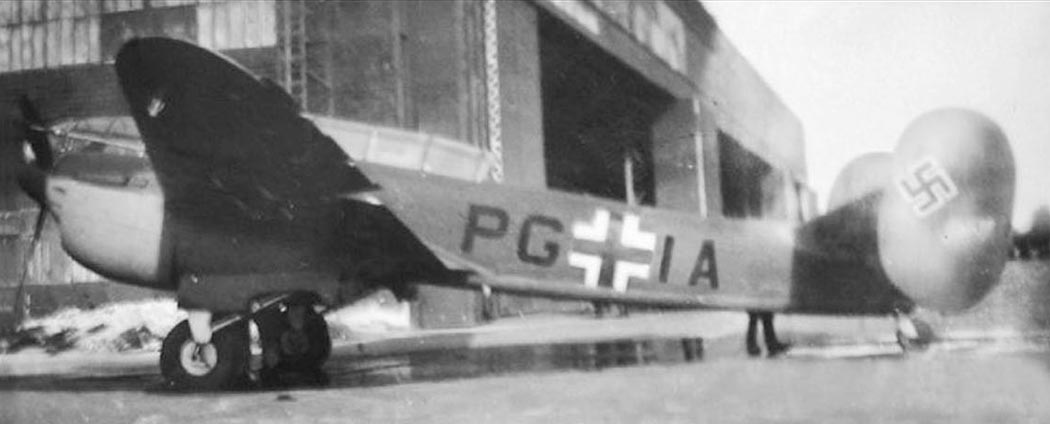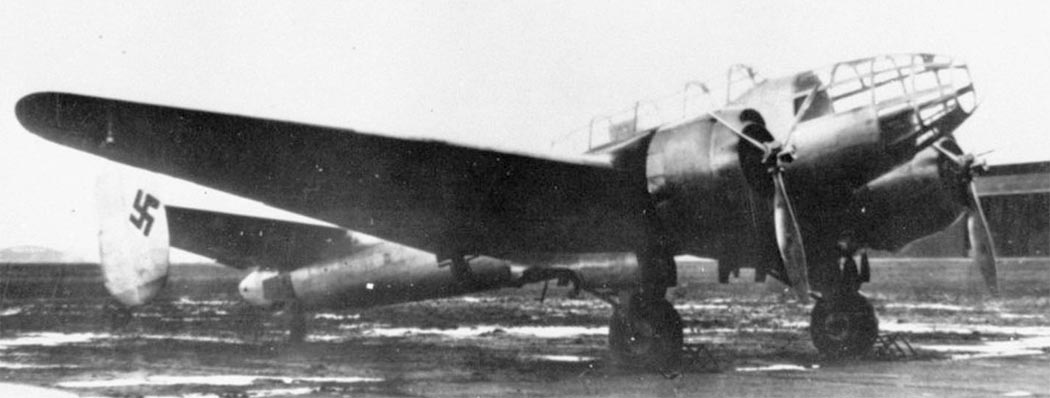Tag: aeroplane
-
Kawasaki Ki-96 Japanese Heavy Fighter

Kawasaki Ki-96 Japanese Heavy Fighter Developed from the Kawasaki Ki-45, the Ki-96 was a single-seat, twin engined heavy fighter designed for the Imperial Japanese Army Air Service. Originally envisaged as a two-seat fighter, the Army requested a change to single-seat. The first of three prototypes therefore had a larger canopy than the final two, as… Read more
-
Bloch MB.177 French Bomber

Bloch MB.177 French Bomber Read more
-
Bloch MB.176 French Bomber

Bloch MB.176 French Bomber Read more